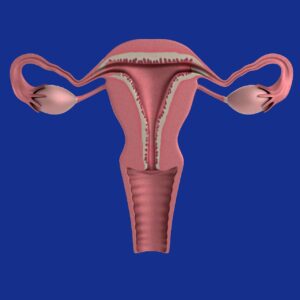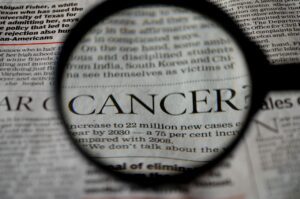A major new study from Denmark has provided real-world evidence that HPV vaccination among girls leads to strong and lasting protection against the most dangerous HPV types responsible for cervical cancer, marking a milestone in the fight against this disease.
Cervical cancer remains the second most common cancer among young women in Europe, with high-risk types of human papillomavirus (HPV)—especially types 16 and 18—causing the majority of cases. Denmark began offering the 4-valent HPV vaccine, which protects against types 16 and 18, to teenage girls in 2008, and switched to the broader 9-valent vaccine in 2017.
As reported by World Pharma News, researchers led by Nonboe et al. conducted a large cohort study, known as “Trial23,” examining cervical cell samples from Danish women aged 22–30, many of whom had received the HPV vaccine as children. Over seven years, they analyzed nearly 17,000 samples from over 8,600 women, comparing HPV infection rates between those vaccinated and unvaccinated.
The results are striking: the prevalence of HPV16/18 in vaccinated women dropped to less than 1% by 2021, compared to 15–17% before vaccination programs began. Unvaccinated women still showed a 5% prevalence of these types, suggesting that vaccination has created a degree of population-wide immunity. As a result, vaccinated women are expected to have a much lower risk of developing cervical cancer than previous generations.
However, the study also found that about a third of women—both vaccinated and unvaccinated—were still infected with high-risk HPV types not covered by the vaccines, and new infections with these types were actually more common in vaccinated women. This highlights a continuing risk for cervical cancer from non-vaccine HPV strains, though these are less common causes of the disease.
Given these findings, the authors suggest that less intensive cervical cancer screening could be considered for women vaccinated as girls, at least until those protected by the newer 9-valent vaccine reach screening age. At that point, screening strategies may need to be reevaluated based on disease trends in this highly protected group.
Denmark’s data provide powerful evidence that HPV vaccination works in the real world, nearly eliminating the most dangerous HPV types and likely slashing cervical cancer rates for vaccinated women. Yet, the persistence of other high-risk HPV types means continued vigilance and tailored screening remain important. As more countries adopt broad vaccination and improved screening, the burden of cervical cancer could be dramatically reduced for future generations.







